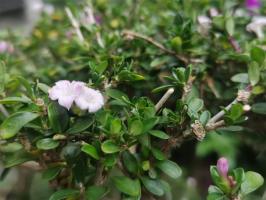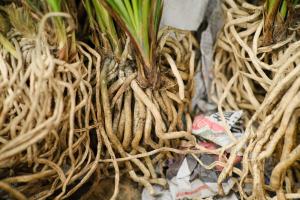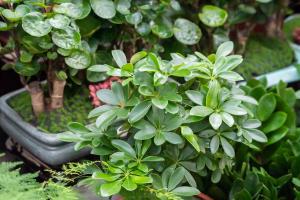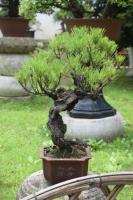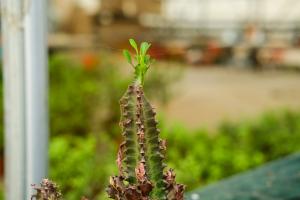Where to Plant Redbud Trees
Redbud trees are native to North America and are known for their beautiful pink and lavender flowers that bloom in early spring. These small trees can be planted in a variety of locations, but it is important to choose the right place to ensure their health and longevity.
Soil Requirements
Redbud trees prefer well-drained soil, but can tolerate a range of soil types, including clay, loam, and sand. They prefer a slightly acidic soil pH between 5.5 and 6.5. It is important to avoid areas with compacted or poorly drained soil, as this can cause root rot, which can be fatal to the tree.
Sunlight and Shade
Redbud trees require sunlight to thrive, but they can also tolerate some shade. They typically do best when planted in a location with partial shade or filtered sunlight, such as under the canopy of larger trees. Keep in mind that too much shade can affect the tree's growth and reduce its flower production. Avoid planting in areas with full shade.
Wind and Exposure
Redbud trees can tolerate moderate wind conditions, but they do not do well in areas with strong winds. They are also sensitive to sudden changes in temperature and should be protected from cold winds and frost. Planting in a location that provides some protection from the wind, such as near a building or fence, can help protect the tree and ensure its health and longevity.
Spacing
When planting redbud trees, it is important to consider their mature size and allow enough space for them to grow. Mature trees can reach a height of 20 to 30 feet and a spread of 25 to 35 feet. Plan for a spacing of at least 15 to 20 feet between trees to allow for adequate growth and development.
Other Considerations
When choosing a location to plant redbud trees, consider the tree's overall appearance and its impact on the surrounding landscape. Redbud trees are often used as ornamental trees in home landscapes and public parks due to their attractive flowers and foliage. They also provide food and shelter for wildlife, including birds and butterflies.
It is important to note that some species of redbud trees, such as the eastern redbud, can be invasive in certain areas. Check with local authorities or a gardening professional to ensure that the species you are planting is appropriate for your region.
Conclusion
Choosing the right location to plant redbud trees is essential for their health and longevity. Consider soil type, sunlight and shade, wind exposure, and spacing when selecting a location. Keep in mind the tree's overall appearance and impact on the surrounding landscape. With proper care, redbud trees can be a beautiful addition to any home landscape or public park.

 how many times do yo...
how many times do yo... how many planted tre...
how many planted tre... how many pine trees ...
how many pine trees ... how many pecan trees...
how many pecan trees... how many plants comp...
how many plants comp... how many plants can ...
how many plants can ... how many plants and ...
how many plants and ... how many pepper plan...
how many pepper plan...